SMART CITIES PROGRAM MANAGER
Overall Description of Work:
The Program Coordinator (PC) will perform intermediate professional level work on a variety of projects that help move forward the Dallas Innovation Alliance mission. The employee will coordinate and support execution of smart city and community programs, principles, and practices. All work will be performed under the direct supervision of Executive Director Jennifer Sanders and Cofounder Trey Bowles. This is a great opportunity for a driven and motivated person to be a part of the early stages of the growth and success of the Dallas Innovation Alliance where they will play a key role in the strategy and implementation of the Smart Cities Living Lab pilot project taking place in Dallas’ West End Historic District.
Key Areas of Responsibilities:
· Assist the organization in the overall coordination and administration of Dallas Innovation Alliance current projects in the Smart Cities Living Lab, as well as strategic planning for future projects.
· Support data gathering and resulting analysis, measurement and reporting.
· Assist the organization in events with coordination, communications, outreach, logistics, planning and execution.
· Manage the implementation and ongoing maintenance of a database for contacts and network members. Ensure integration into website and social media output;
· Support maintenance and updates of website and social media;
· Support the planning and implementation of community, education, outreach and training events.
· Performs applied research duties in support of programming;
· Oversee, monitor and report grant related activities, including local and national foundations, state and federal grant opportunities. Ensure that the Executive Director is kept abreast of progress and key decision points;
· Interface with key local, national and global partners who are a part of the Dallas Innovation Alliance membership network; and
· Other duties may include database entry and administrative tasks.
Qualifications and Requirements:
· 3-5 years of related project management or organizational experience preferred;
· Bachelor’s Degree preferred, but not required;
· Excellent organizational skills combined with the ability to work well under pressure;
· Strong time management skills with the ability to prioritize work and meet deadlines;
· Proven ability to execute and meet deliverables and timelines;
· Excellent communication and writing skills;
· Self-motivated, creative, self-directed, and responsible;
· Comfortable multi-tasking, as well as working independently and as part of a team in a fast-paced environment;
· Strong, proven project management skills;
· Ability to support several small to medium-sized projects in addition to working on long-term projects;
· Experience in community relations, including light event planning;
· Good knowledge of Microsoft Office, Squarespace, Mailchimp and social media tools and programs;
· Strong database management/CRM and operation skills preferred;
· Experience in basic graphic design preferred;
· Interest in urban innovation and smart cities is a plus.
The Dallas Innovation Alliance is committed to workplace diversity and inclusion. We are equal opportunity employers and do not discriminate in hiring or employment on the basis of race, color, religion, national origin, gender, marital status, sexual orientation, age, disability, veteran status, or any other characteristic protected by federal, state, or local law. We offer competitive salaries and a pleasant working environment. Salary is based on a nonprofit scale and commensurate with experience.
To apply, please email info@dallasinnovationalliance.com your resume and cover letter with the subject line referencing this job posting. Initial application period will close on November 30th. Please no phone calls, emails, faxes or in-person resume drop-offs. Please reference where you saw this posting. Dallas Innovation Alliance is an Equal Opportunity Employer.





